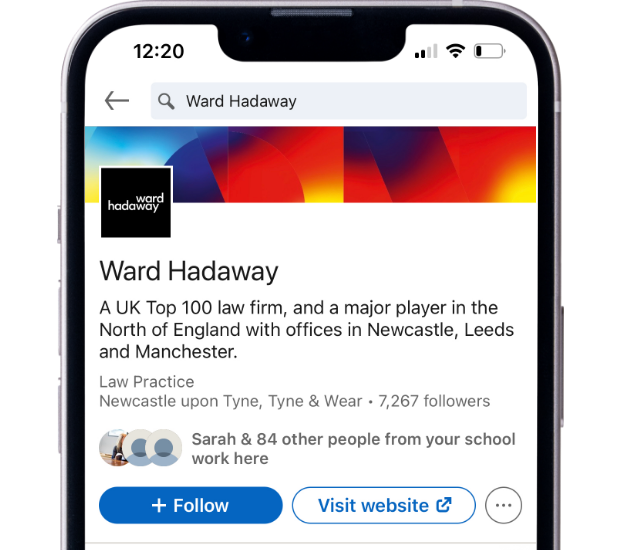Throwing Open the Gates: How Visitor Attractions Can Embrace Inclusion
23rd September, 2024
The visitor attractions industry thrives on creating unforgettable experiences, transporting visitors to new worlds and igniting imaginations. However, not everyone feels equally welcome to step through the gates. To truly fulfil their potential, visitor attractions need to become inclusive spaces where everyone can have a thrilling, engaging experience.
Understanding Barriers to Participation
Not everyone gets to experience the full magic of visitor attractions. Physical limitations like narrow walkways or inaccessible restrooms can shut out people with disabilities. Bright lights, loud noises and crowds can be overwhelming for those with sensory sensitivities or autism. Information gaps can also be a barrier, with limited availability of Braille, audio descriptions or translated materials making it hard for visitors with visual or hearing impairments to understand what’s going on. Financial hurdles exist too— travel, admission fees and the extra costs for specialised services can price some people out entirely. Additionally, unconscious biases about who “belongs” at certain attractions can create an unwelcome atmosphere, further limiting accessibility.
Seasonal attractions can both enhance and challenge inclusivity. While unique themes draw diverse audiences, they may also present challenges if not designed with inclusivity in mind. For instance, seasonal events might involve larger crowds or heightened sensory stimuli, which can be overwhelming for some visitors. It is essential for attractions to consider these factors in their seasonal programming not only to ensure everyone can enjoy the festivities, but to also comply to the obligations under the Equality Act 2010 (the “Act”).
Obligations under the Equality Act 2010
The impact of the Act is critical and applies two-fold. Firstly, as an employer, it is crucial to consider how equal opportunities are to be provided and maintained for employees. The Act protects employees from being discriminated against in the workplace (whether this be direct discrimination, indirect discrimination, harassment or otherwise) and it is imperative that organisations have a clear vision on how this is to be achieved. Employers, as a minimum, should ensure they have appropriate Equal Opportunities policies in place so as to set clear expectations for employee conduct. Training should also be provided to employees and managers alike to ensure such policies are consistently communicated and, importantly, enforced.
Secondly, the Act also applies to service providers and it is imperative that steps are taken to educate employees more broadly, to include equal opportunities and inclusivity for guests. For example, as a service provider, an organisation is under a duty to make reasonable adjustments for disabled persons so as to remove accessibility barriers. This can include a variety of adjustments from installing lifts to providing information in alternative formats.
As attractions plan seasonal events, they should actively assess how these offerings align with inclusivity principles. Organisations should undertake regular risk assessments on its services to identify key risk areas and where possible, seek feedback from guests. Where risk areas are identified, steps should be taken to minimise the disadvantages such risks could cause to a proportion of guests. Employees should also be trained on the wider implications of the Act and how they can play a crucial part in preventing discrimination and removing accessibility barriers.
A Thriving Industry for All
The financial case for inclusivity in visitor attractions is compelling. While changes may involve upfront costs, the long-term benefits often outweigh the investment. A welcoming environment catering to a wide range of visitors, including thoughtfully designed attractions, unlocks new revenue streams. A diverse customer base can lead to increased ticket sales and enhanced loyalty, attracting people who might not have previously considered the attraction due to accessibility concerns. This translates to increased ticket sales, concession revenue and potential opportunities for premium experiences tailored to specific needs. Furthermore, demonstrating a commitment to inclusivity strengthens the brand image, positioning it as a leader in social responsibility and fostering customer loyalty. Loyal customers are not only more likely to return themselves, but they are also likely to recommend the attraction to others, raising the attraction’s profile and generating further revenue.
The benefits of inclusivity also extend far beyond the financial rewards. Creating a diverse and inclusive workplace fosters a more positive and engaged workforce. Employees who feel valued and respected, and feel like they are empowered to value and respect others are more likely to be satisfied and productive. This positive work environment fosters a sense of community and collaboration, leading to increased innovation and a competitive edge in the industry.
Inclusivity also plays a role in attracting top talent. When a potential employee sees a business’ commitment to creating a welcoming space for everyone, it sends a powerful message about the company’s culture. This can be a major advantage in attracting and retaining the best staff, ultimately contributing to the overall success of the attraction.
Building a truly inclusive visitor attractions industry requires ongoing dedication. By understanding and addressing the barriers faced by a wide range of visitors, visitor attractions can be welcoming and inclusive places. It’s a commitment that creates a more enriching experience for guests, fuels the industry’s growth and fosters a more equitable society.
How can we help?
We have a multi-disciplinary team which is embedded in the leisure sector and able to advise on all the aspects mentioned in this article. If you wish to have a no-obligation conversation about the steps you could be taking, please get in touch with Susan Honeyands, Charlotte Nuttall or another of our expert leisure sector lawyers.
Please note that this briefing is designed to be informative, not advisory and represents our understanding of English law and practice as at the date indicated. We would always recommend that you should seek specific guidance on any particular legal issue.
This page may contain links that direct you to third party websites. We have no control over and are not responsible for the content, use by you or availability of those third party websites, for any products or services you buy through those sites or for the treatment of any personal information you provide to the third party.
Topics:


